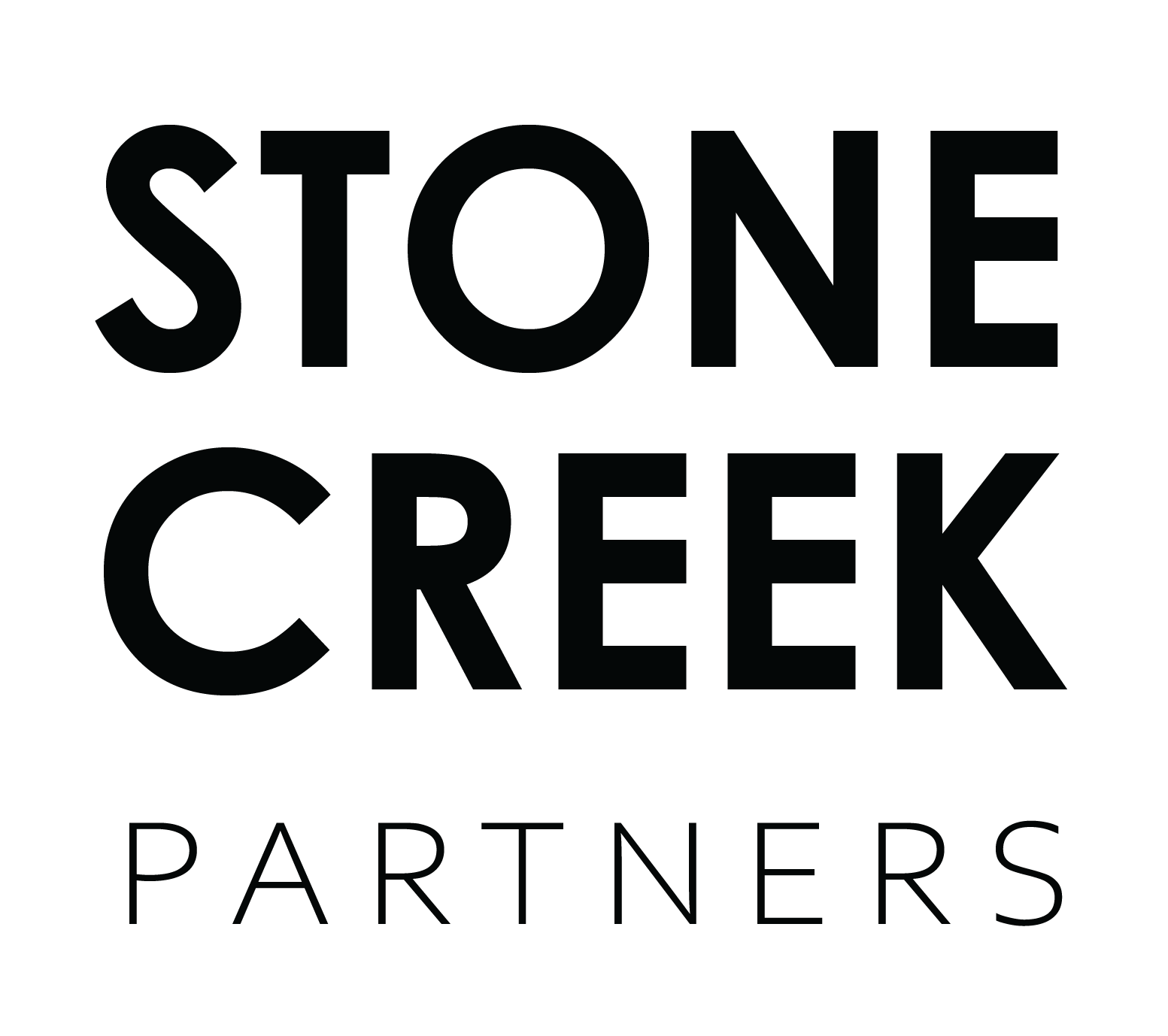All about project feasibility from the unique perspective of private-sector investors, public-sector partners, end-users, and host community. In many respects, the concept of feasibility is the same whether a developer involves commercial real estate, hotels and resorts, or location-based entertainment.
This description of feasibility participants applies to development projects, but also to redevelopment (regeneration) and facility retrofits (and repurposing). The comments made here are applicable as well if a project proponent is from a government or non-profit backer, although some of the terminology changes.
Private-Sector Investors
The capital requirements for a development project can come from a long list of contributors. Equity investment and some form of debt are typical. Additional capital can come from private grants, public incentives, and product sponsors. Each capital contributor has a reason for making the investment, and these objectives are part of achieving feasibility thresholds.
An initial milestone in a project’s feasibility evaluation is preparation of project feasibility study that analyzes market demand, competition (supply factors), potential customers, anchor tenants and leasing plans, and additional similar factors. Each of the above capital contributors may have a slightly different interest in these feasibility estimates.
Public-Sector Partners
The various governmental entities that review, approve, and monitor land use and building approvals, are of course critical to knowing all about project feasibility evaluations.
The public sector is the formal voice of the general public in confirming that a development project will exist within proscribed municipal (and state/federal) requirements. The formal “fiscal impact study” is one of the public sector tools for evaluating feasibility, but there are other tools Overall environmental impact studies, traffic studies, regional and local storm water drainage studies, all of these augment the economic factors analyzed in a fiscal impact report.
Facility Managers
Although facility managers are part of an owner’s team (private-sector), an operator’s point-of-view routinely differs from that of an owner. Operators are important to acknowledge in understanding all about project feasibility.
This is particularly true with branded facilities management, such as a national-branded hotel, restaurant, or retail operators. Branded operators have particular site requirements, signage and visibility issues, and access matters that must be met.
Franchisors and Licensors
End-Users
The reason for project development to occur in the first place, is that there are “end users” that wish to visit, participate, purchase, or rent, the various products and activities offered at the project when it operates. Without the end users there is no project, so their expectations drive a large aspect of feasibility.
Each type of end-user has a requirement, starting with sensibilities and expectations. Tenants signing long-term leases have specific requirements for siting, sight lines, signage, and parking. Consumers purchasing subdivided real property interests in the project (single family homes, townhouses, stacked flat units) have similar interests but also privacy factors, sun/shade attributes, ambient noise levels, and the like.
Host Community
These days most projects have a host community that is interested in what gets developed. Sometimes its just a neighbor or two but just as likely its an entire neighborhood that has an interest.
In still other instances, a wider community seeks a voice in how development may occur. An entire city or district, along with an array of special interest groups may perceive themselves as stakeholders. When considering, “all about project feasibility,” in many cases these host community stakeholders have the critical voice in project approval.


